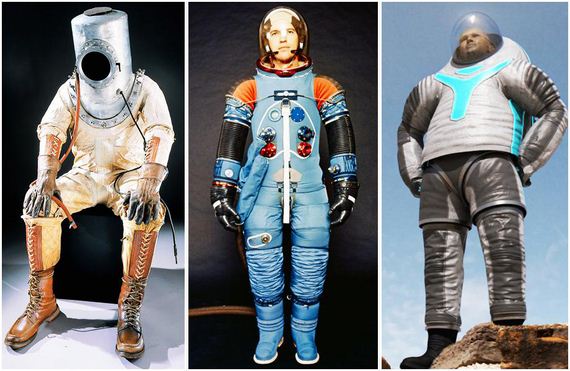
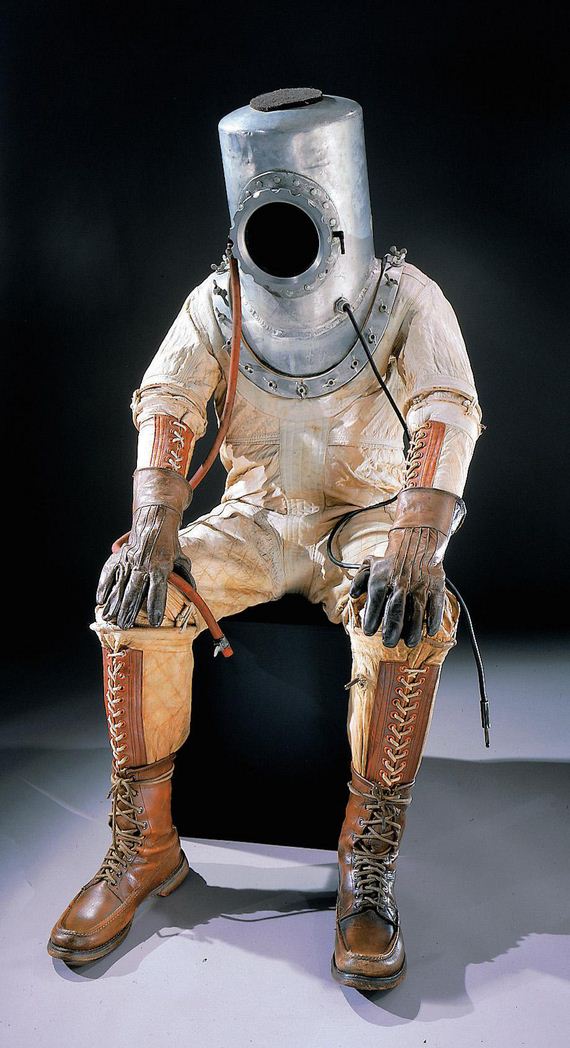
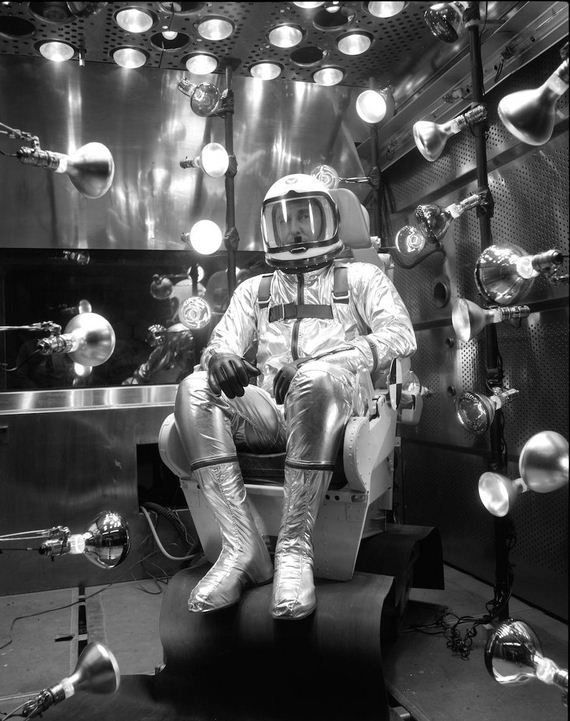
XMC-2. 1955
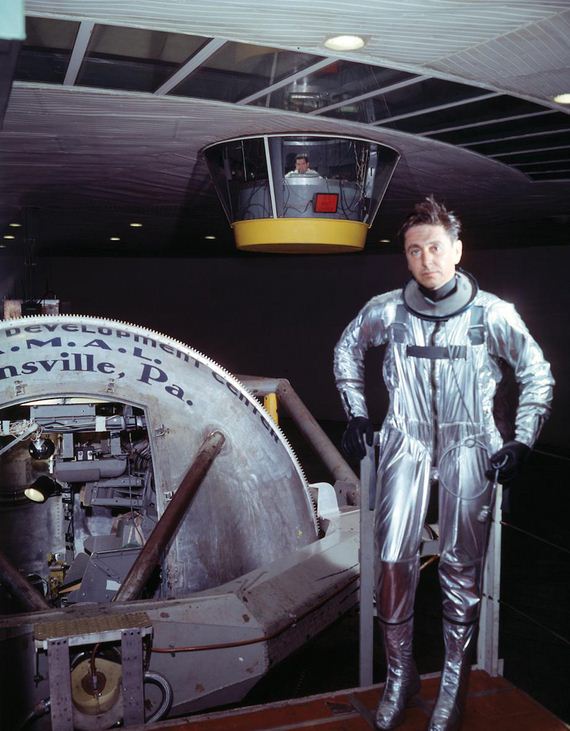
XMC-2. 1957
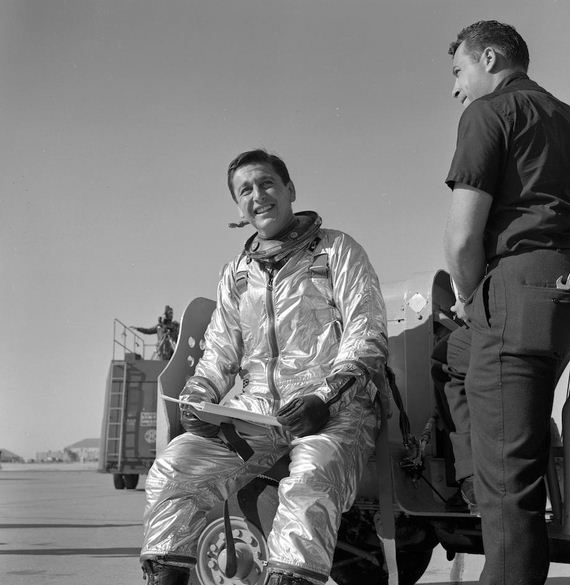
MC-2. 1958
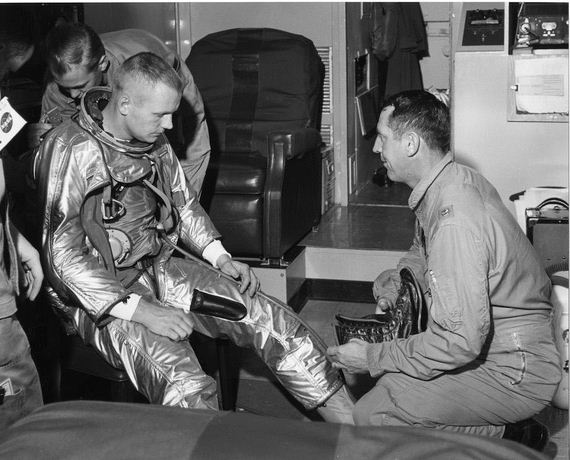
Neil Armstrong in his MC-2
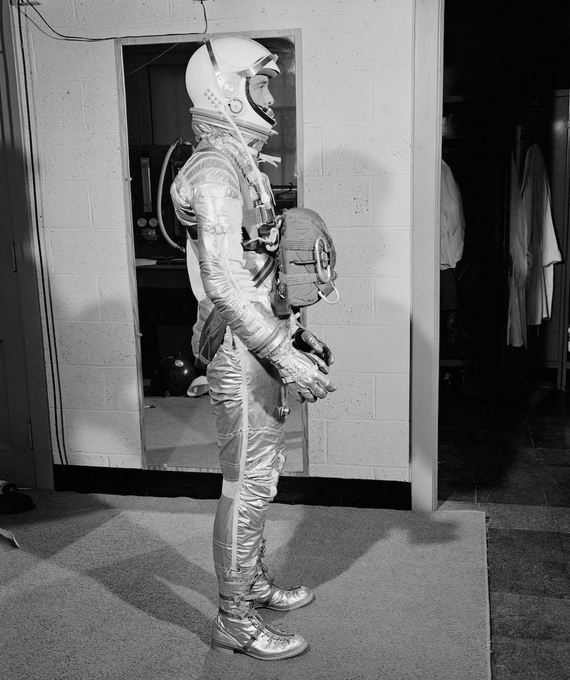
Navy Mk IV spacesuit. 1961
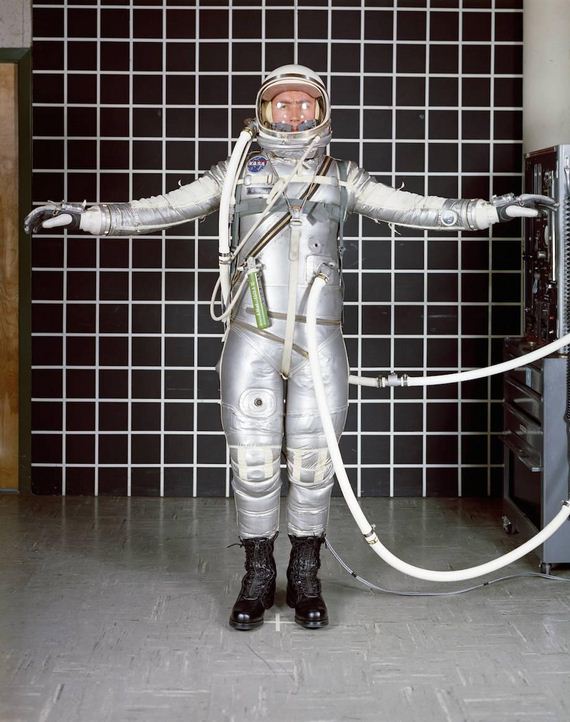
Navy Mk IV when pressurized.
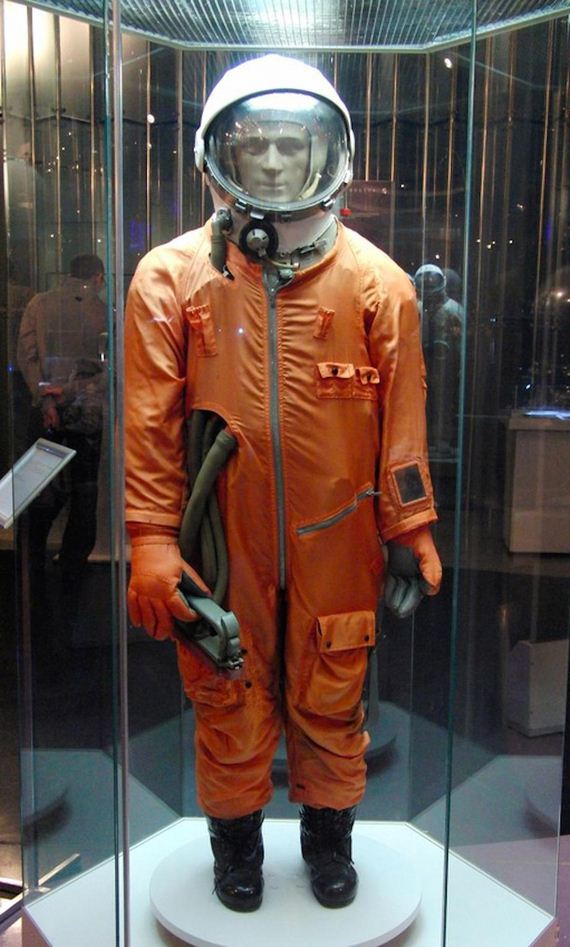
The Russian SK-1 or Skafandr Kosmicheskiy Spacesuit was designed specifically for Yuri Gagarin who piloted Vostok 1, becoming the first man in space. The SK-1 could be ejected from as high as 8km above sea level. 1961.
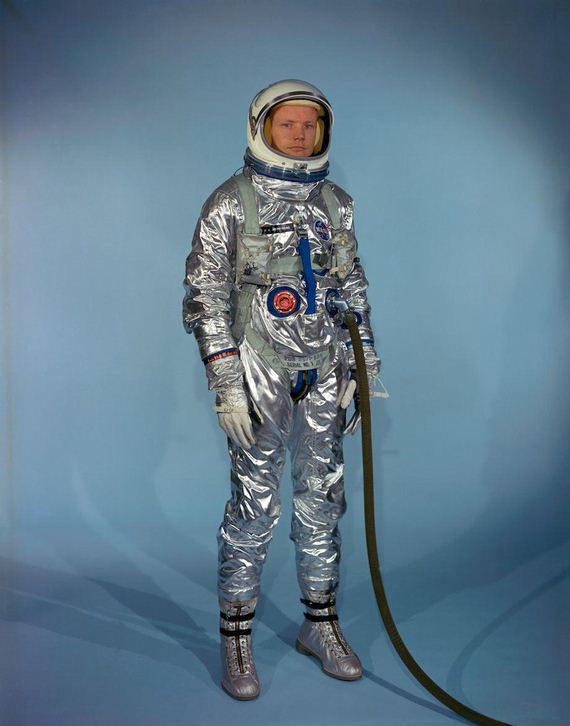
Neil Armstrong in a G2-C. 1964
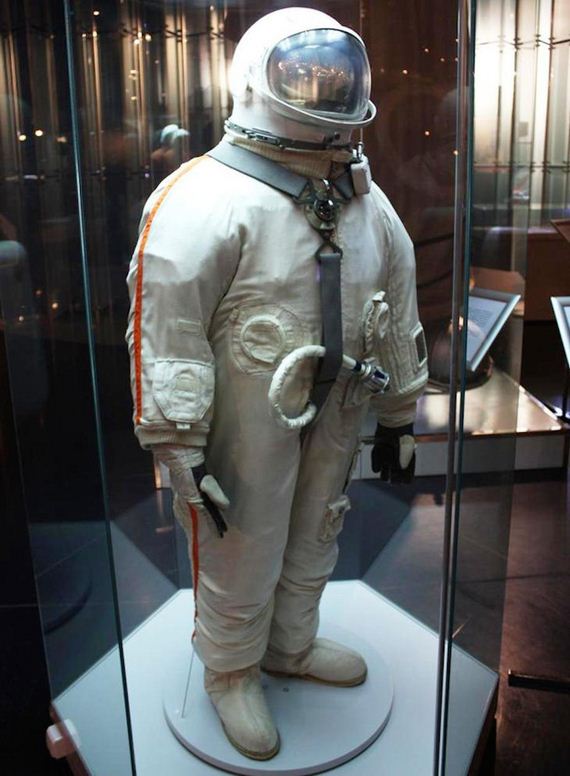
Only 1 crew used the Berkut, the Russian crew of Voskhod 2. The suit was a modified SK-1 with 45 minutes of oxygen provided by the bulky backpack attached.
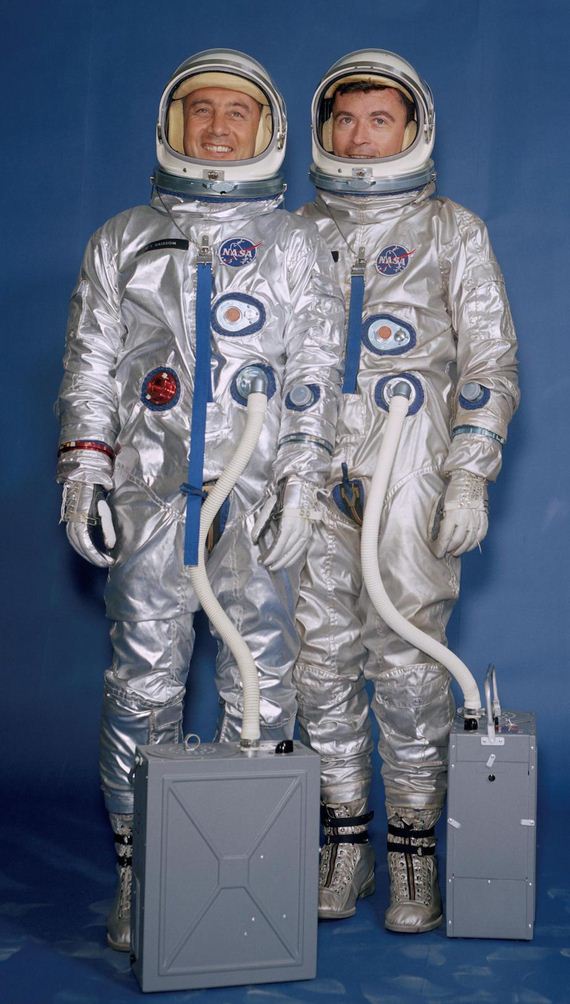
Gemini crew, Gus Grissom and John Young. wearing the G3-C suit. 1965
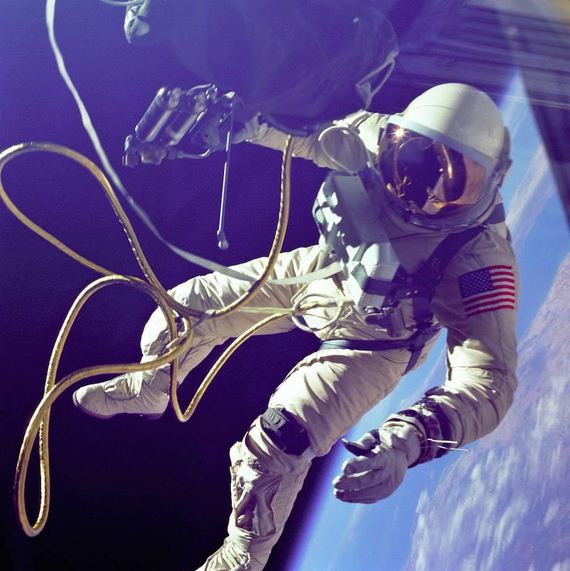
G4-C during the first space walk. 1965
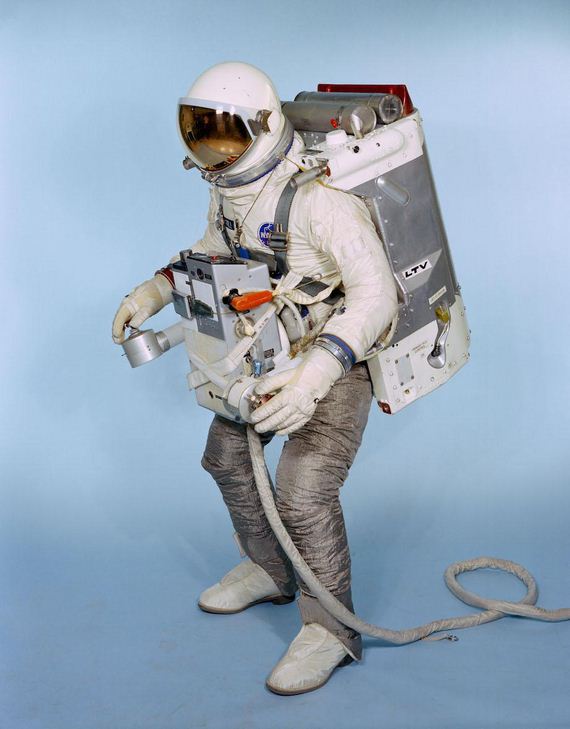
G4-C slightly modified for added maneuverability. 1965
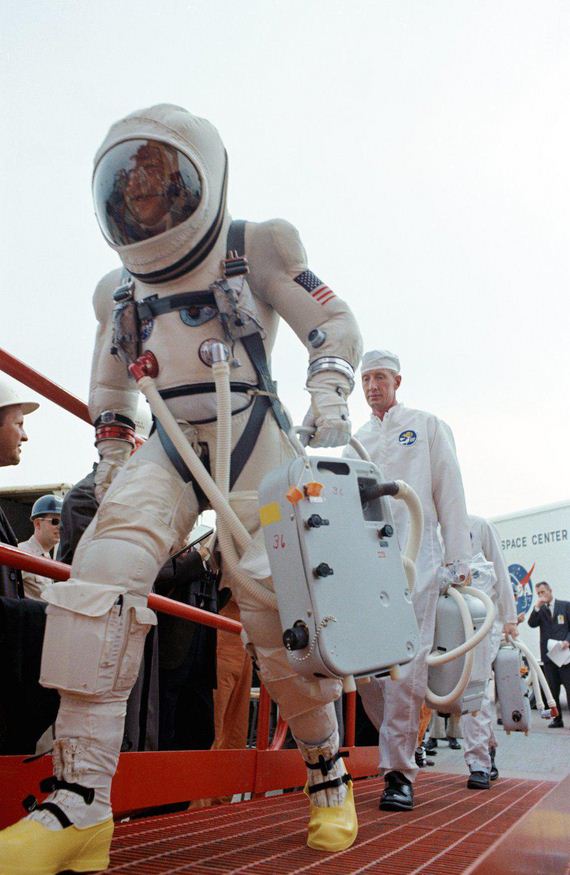
G5-C, designed to be removable in flight. 1965
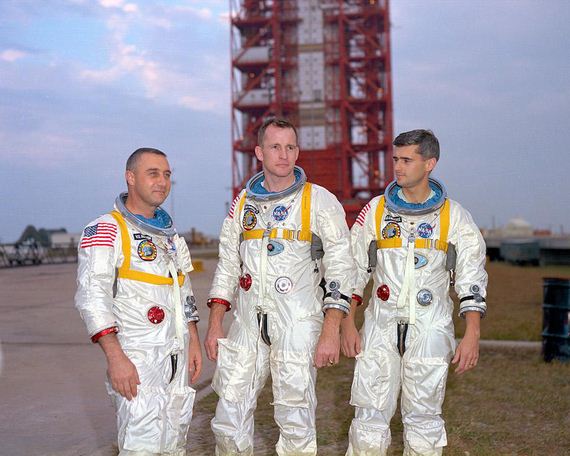
A1C IVA suit, a G3-C suit modified for the Apollo 1 mission. 1967
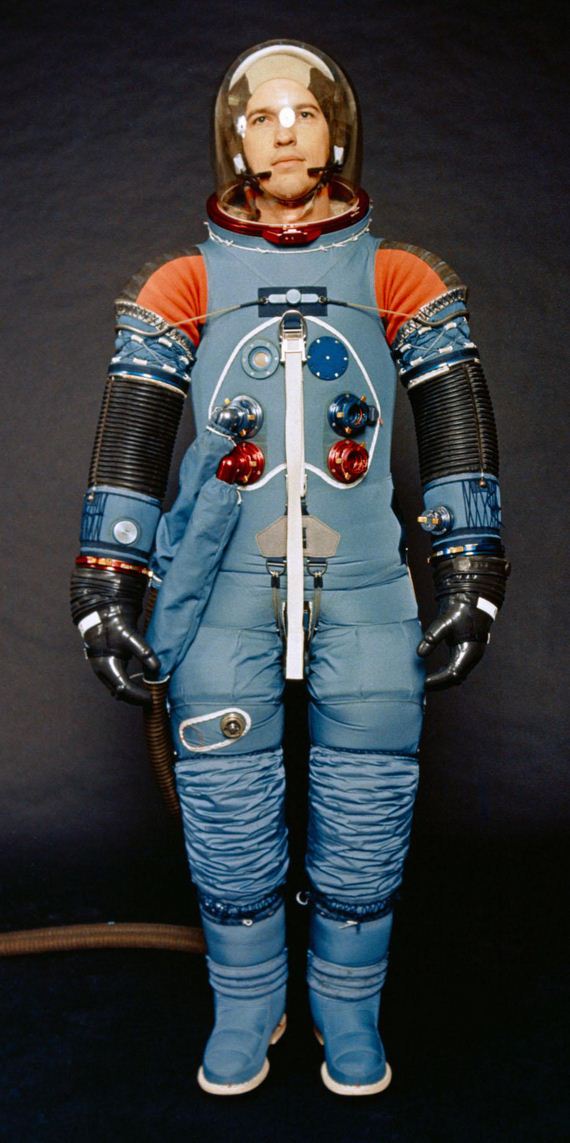
A7L suit, which replaced the A1C IVA after the fire that killed the crew of Apollo 1. 1968
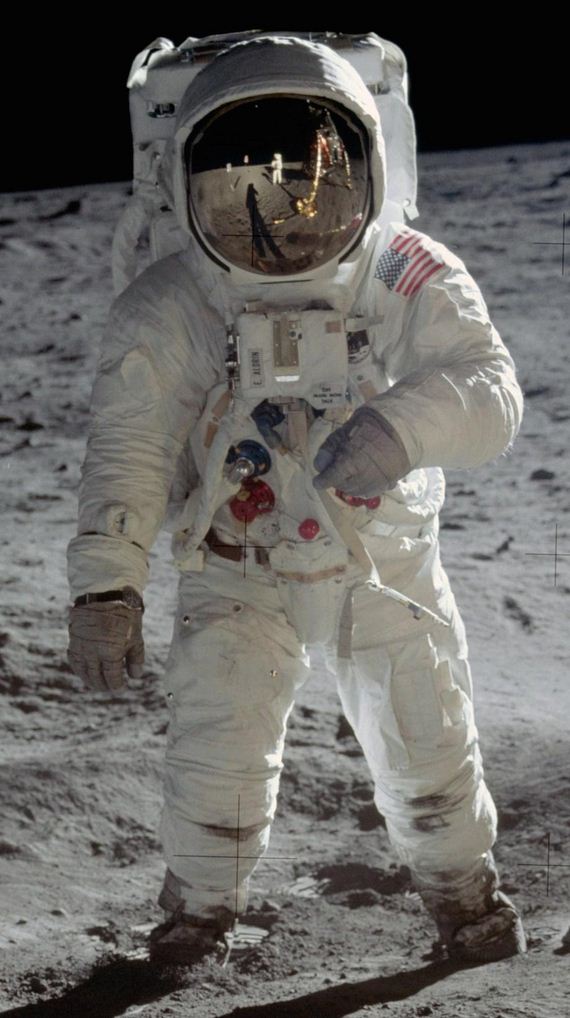
After going through a recoloring, Buzz Aldrin on the Lunar surface in his A7L. 1969
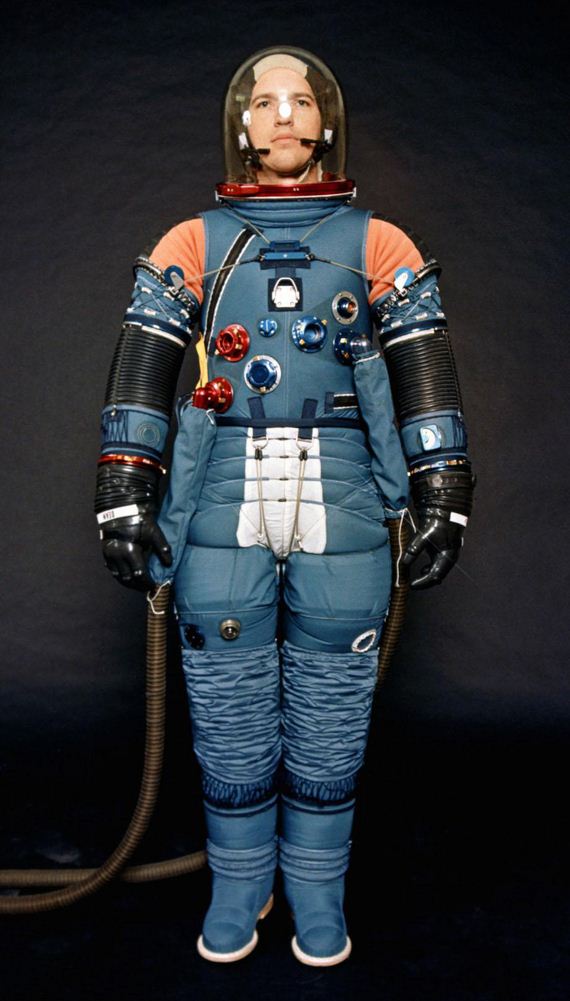
A7LB, which added extra joints for added maneuverability and a secret pouch in the neck to store energy bars. 1971
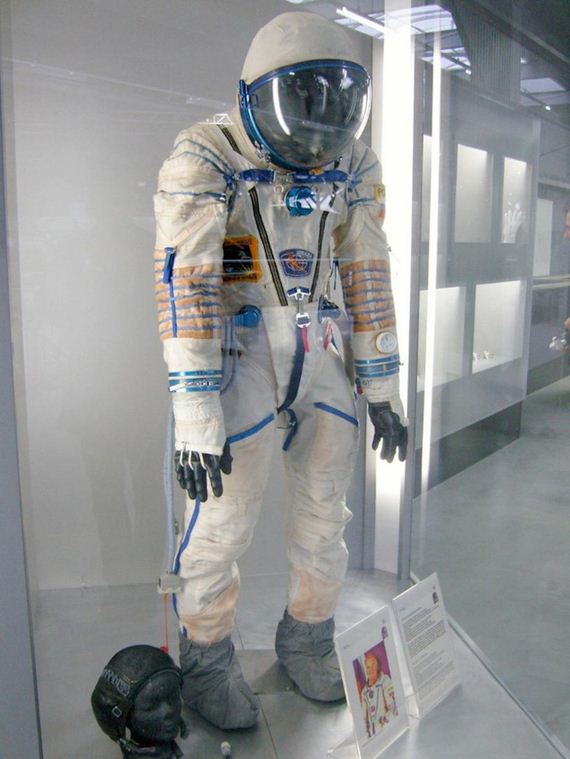
The Sokol-K was first used on the Soyuz 12. 1973.
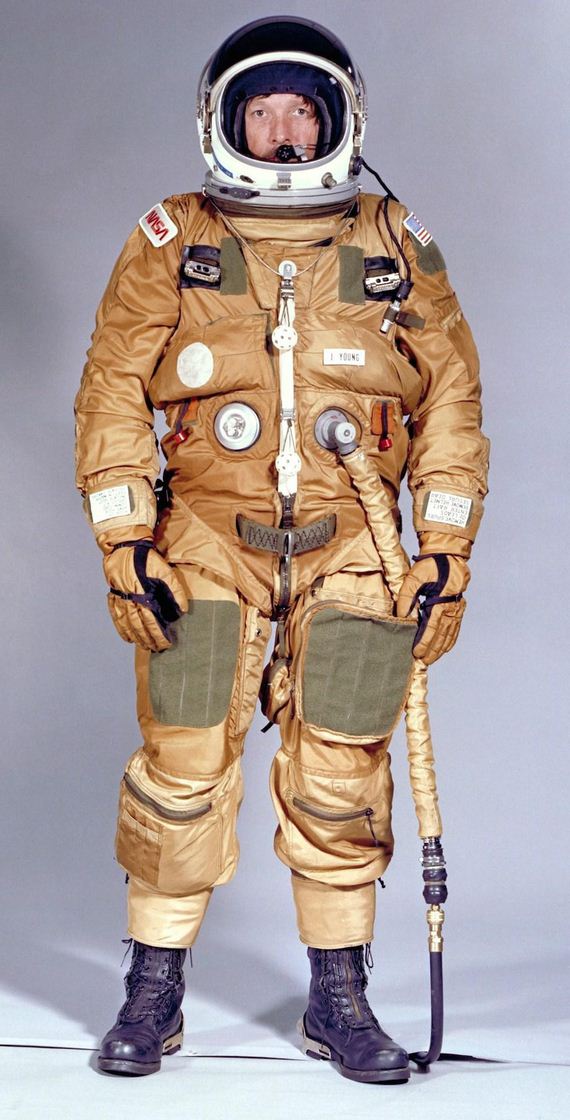
Shuttle Ejection Escape Suit. It allowed for the safe ejection of pilots at speeds up to Mach 2.7 and a height of 80,000 feet. 1981
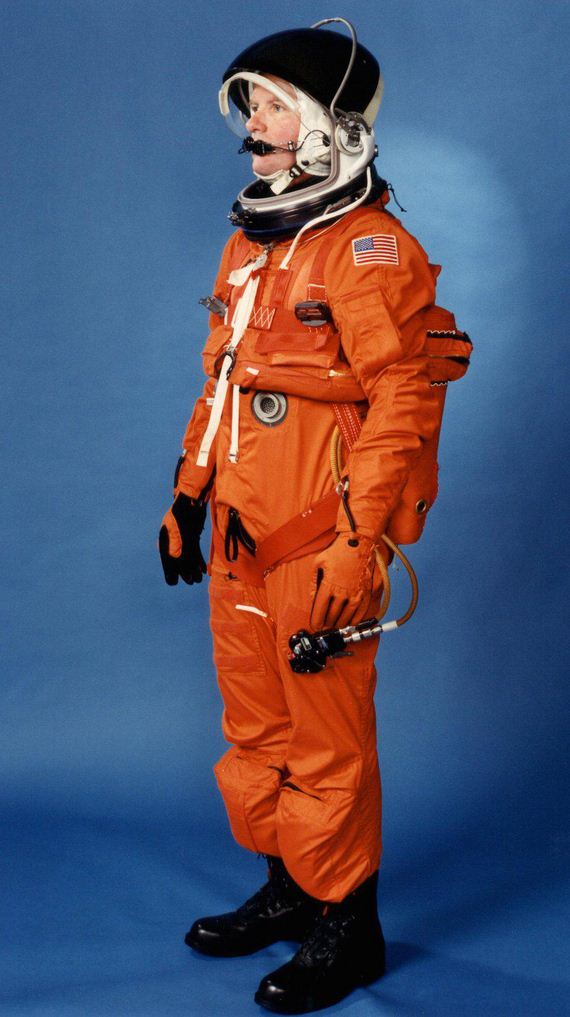
Before the Challenger disaster, Shuttle crews didn’t wear pressurized suits. STS-26 crew wore the Launch Entry Suit, which was a partially pressurized suit.
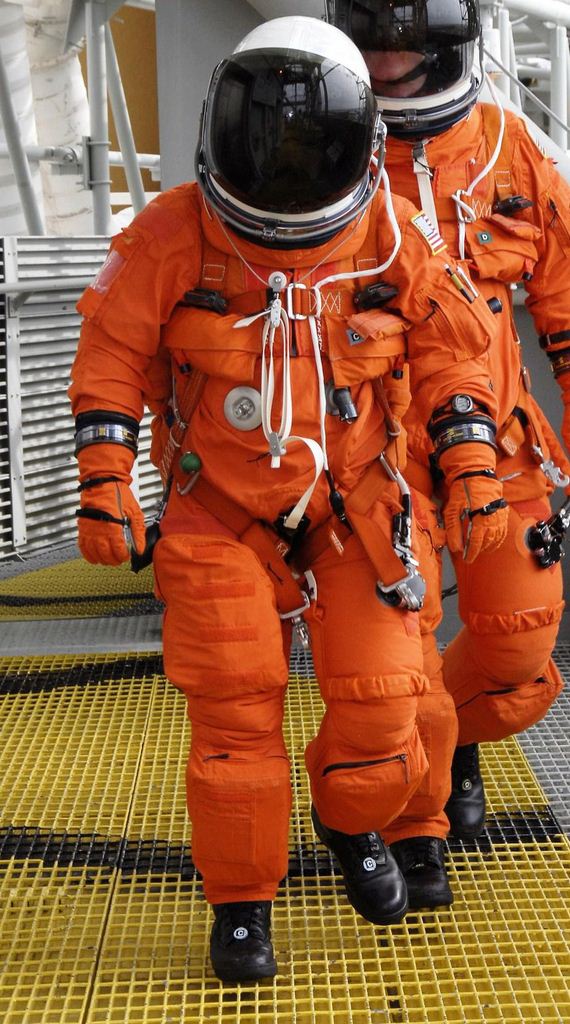
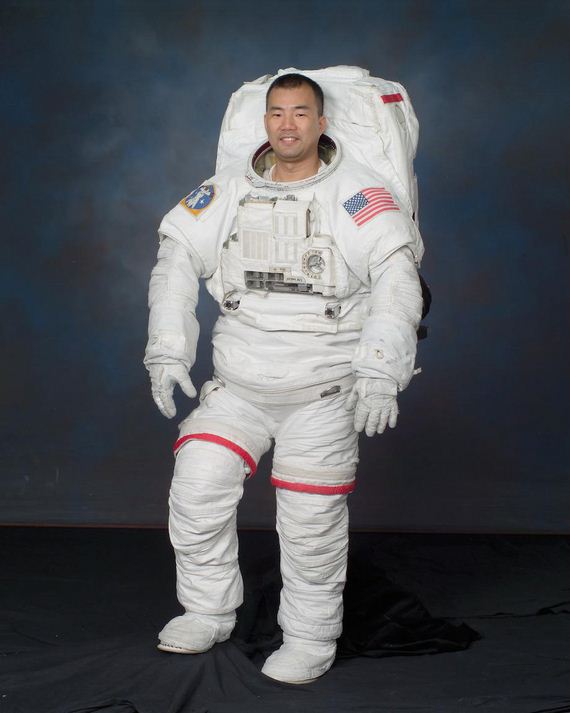
The Extravehicular Mobility Unit. 1981
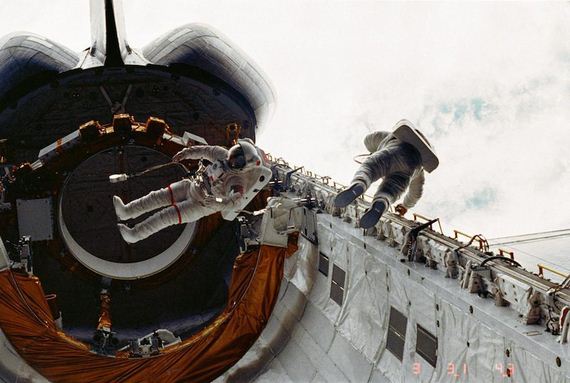
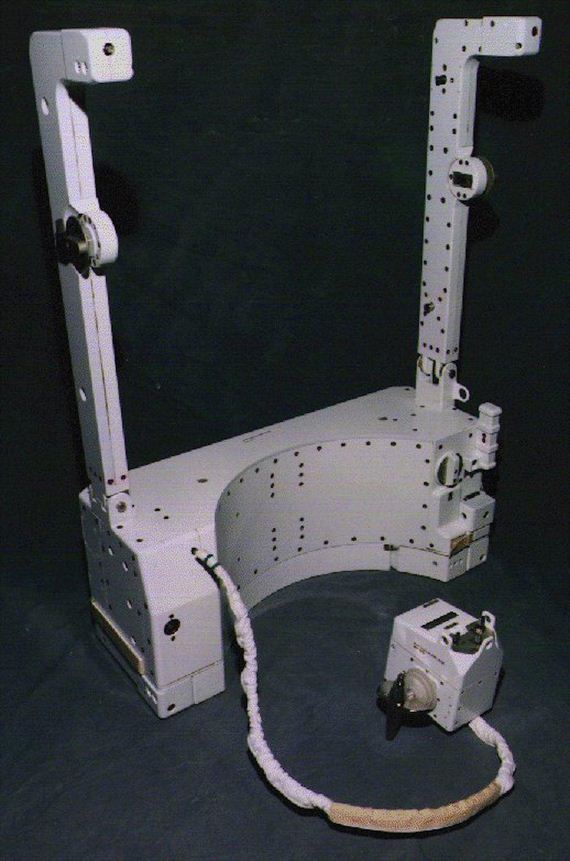
Simplified Aid for EVA Rescue or “SAFER”. It attaches to the EVA suit to provide free floating mobility. 1994.
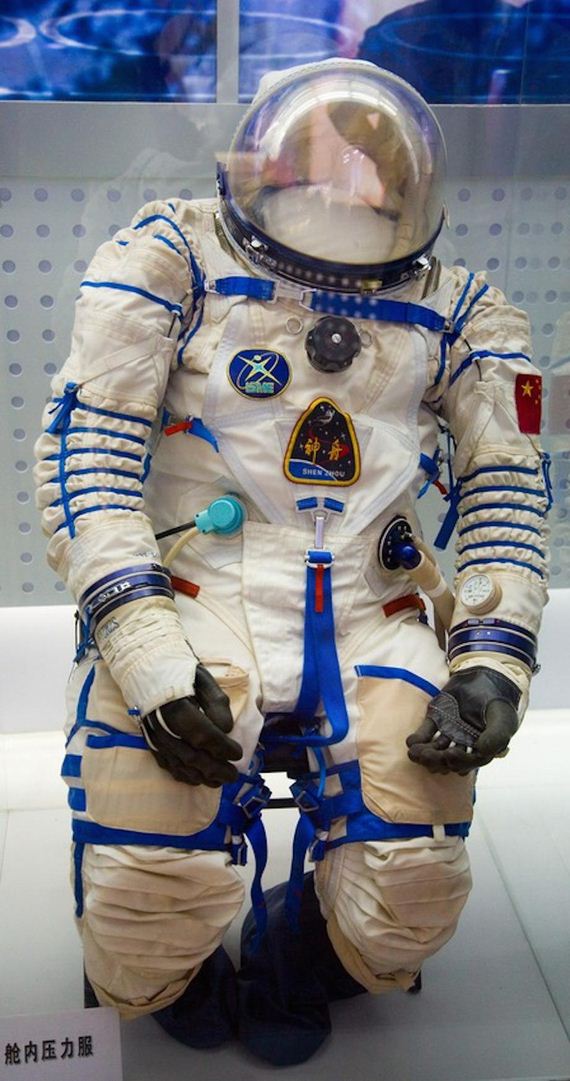
The Shenzhou 2 was used in China’s first manned space mission in 2003.
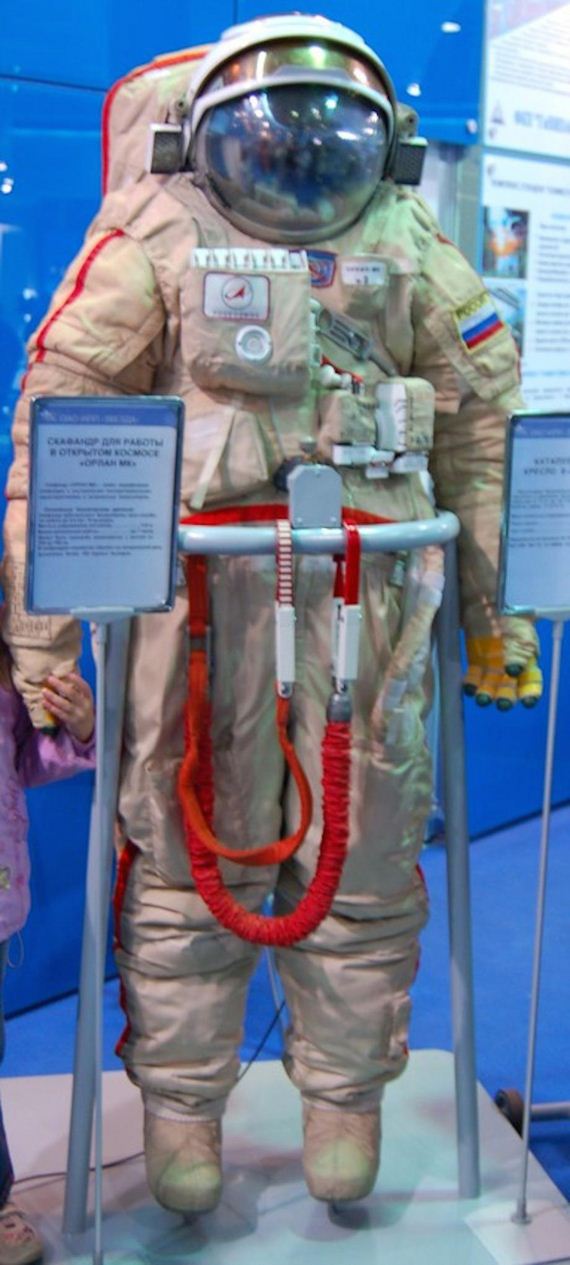
The Orlan, first introduced to Cosmonauts in 1977 and were replaced by the Orlan-MK in 2009.
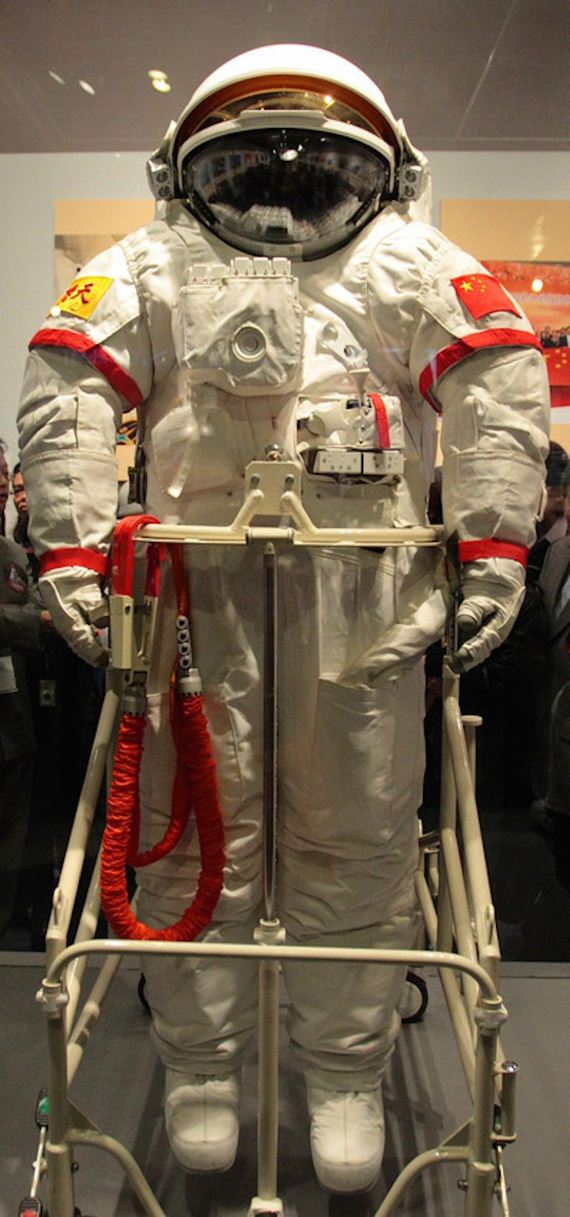
The Feitian Suit was used in the Chinese Shenzhou 7 mission in 2008. It was based off of the Russian Orlan design.
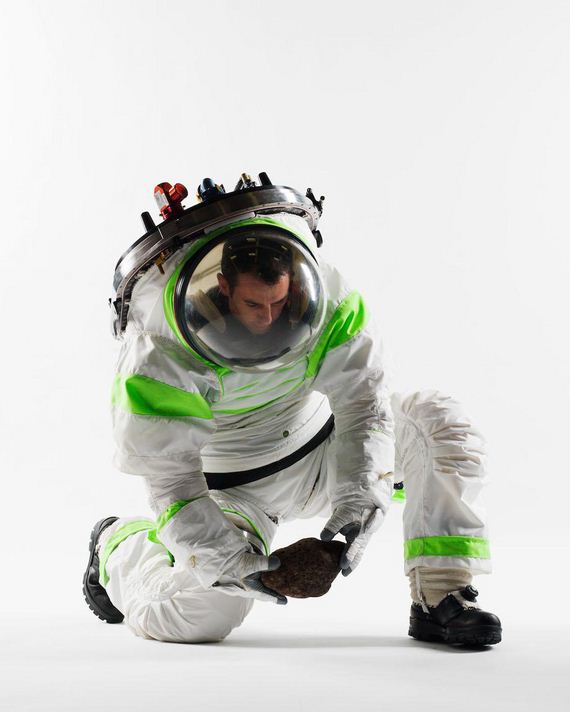
The Z-1 prototype suit. Nicknamed the Buzz Lightyear suit. Not in use.
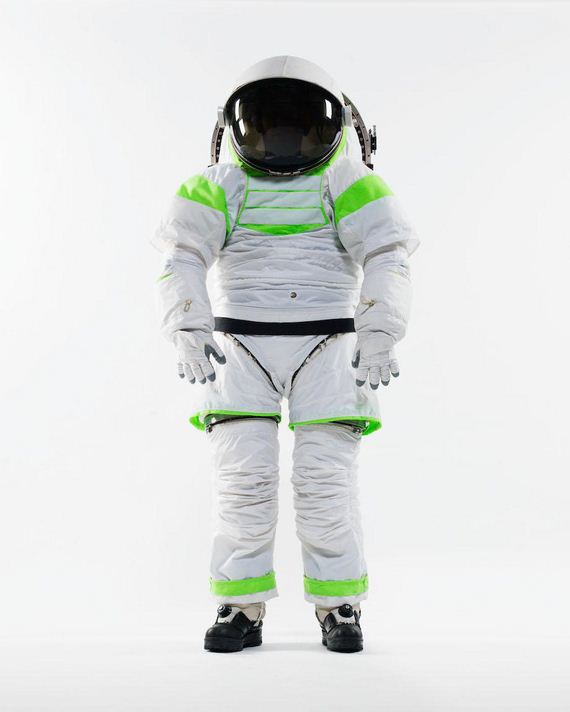
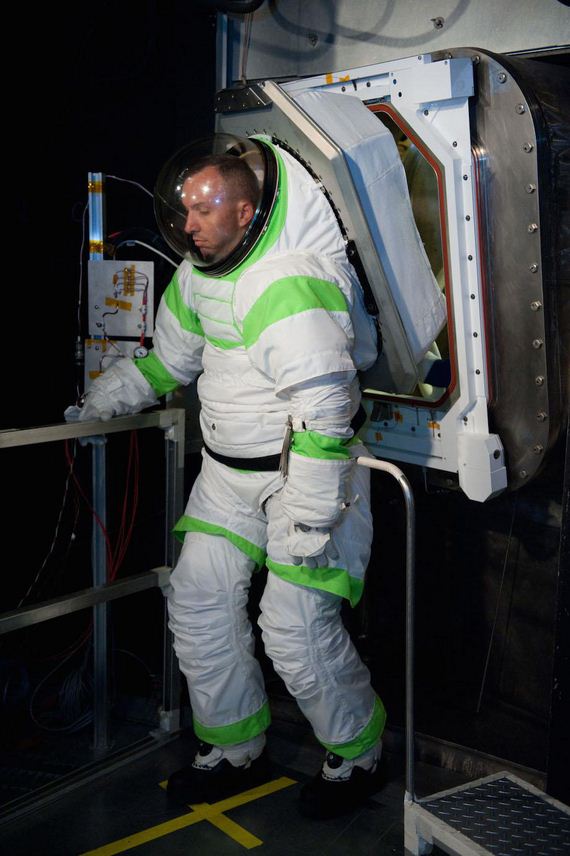
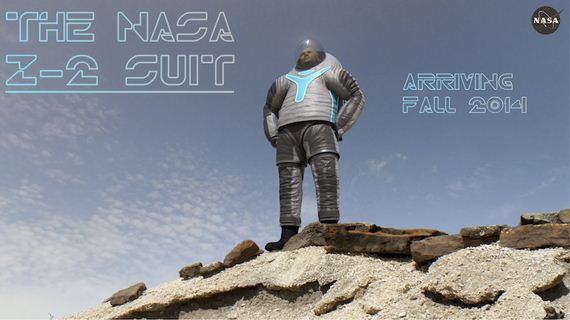
 Barnorama All Fun In The Barn
Barnorama All Fun In The Barn